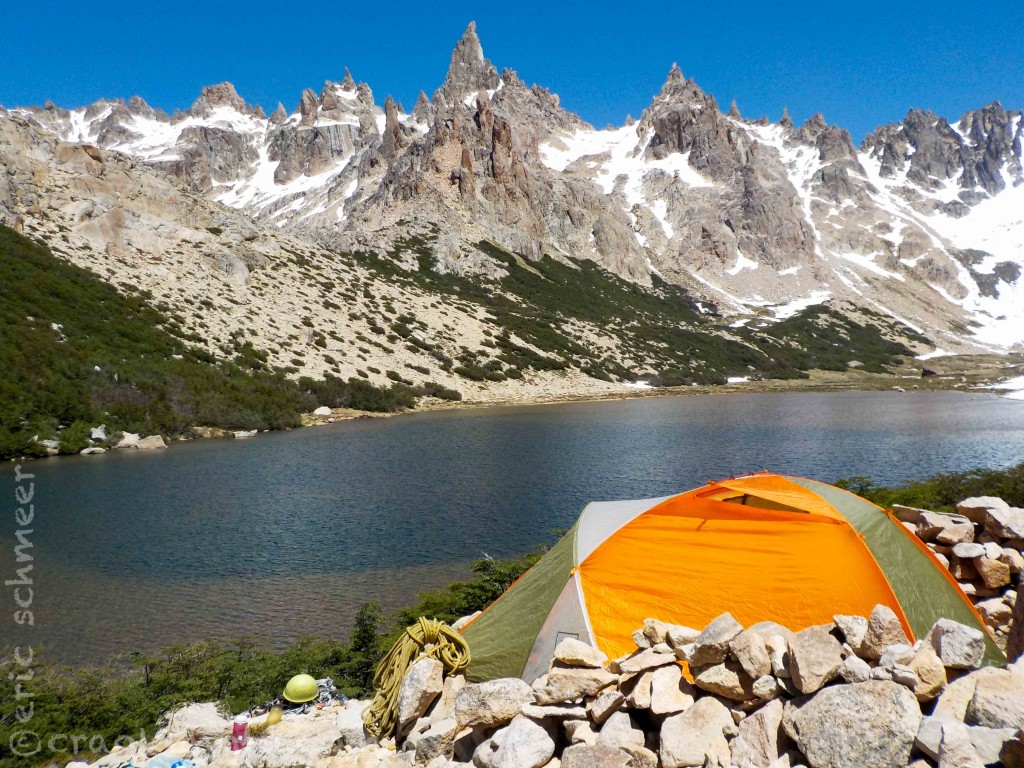Planning on Selling Your Rig at the End of the World?
We had done a great deal of research into this and still found ourselves surprised when we tried to execute the steps. The process seemed pretty simple:
- Sign the title over
- Go to a notary and get a power of attorney
- Go to Aduanas to cancel and reissue import papers.
We visited three of the four notaries in Ushuaia and were told the same thing at all of them. Apparently they cannot issue a poder if the title hasn’t been officially translated into spanish. This, we were told, could only be done in Buenos Aires.
So, we did the best we could with what we had available:
- First, we downloaded a standard bill of sale for used vehicles in both spanish and english and printed them out. We then signed and exchanged a version of each with each other.
- I signed the title over to him and made a copy of it for my records.
- I photoshopped my Colorado registration for the vehicle and replaced his name with mine. We never used our title at borders, only our registration paper. And although this registration would be a fake, there didn’t seem to be a more effective, better option.
- Finally, we took our papers to the Aduanas office where a woman canceled my import permit in her computer but told him he could get his new import paper only at the border. We inquired as to whether it was okay to drive without import papers to the border to which she responded that he needed to carry the bill of sale, title, and my (supposedly) canceled import paper with him.
Apparently this all turned out fine at the border. He exited without issue and had no problem with the registration when importing into Chile. Unfortunately, there will be no updates as to how things progress in the future or at other borders as the buyers promptly rolled the van on a dirt road near Porvenir, completely wrecking it.
![]()






